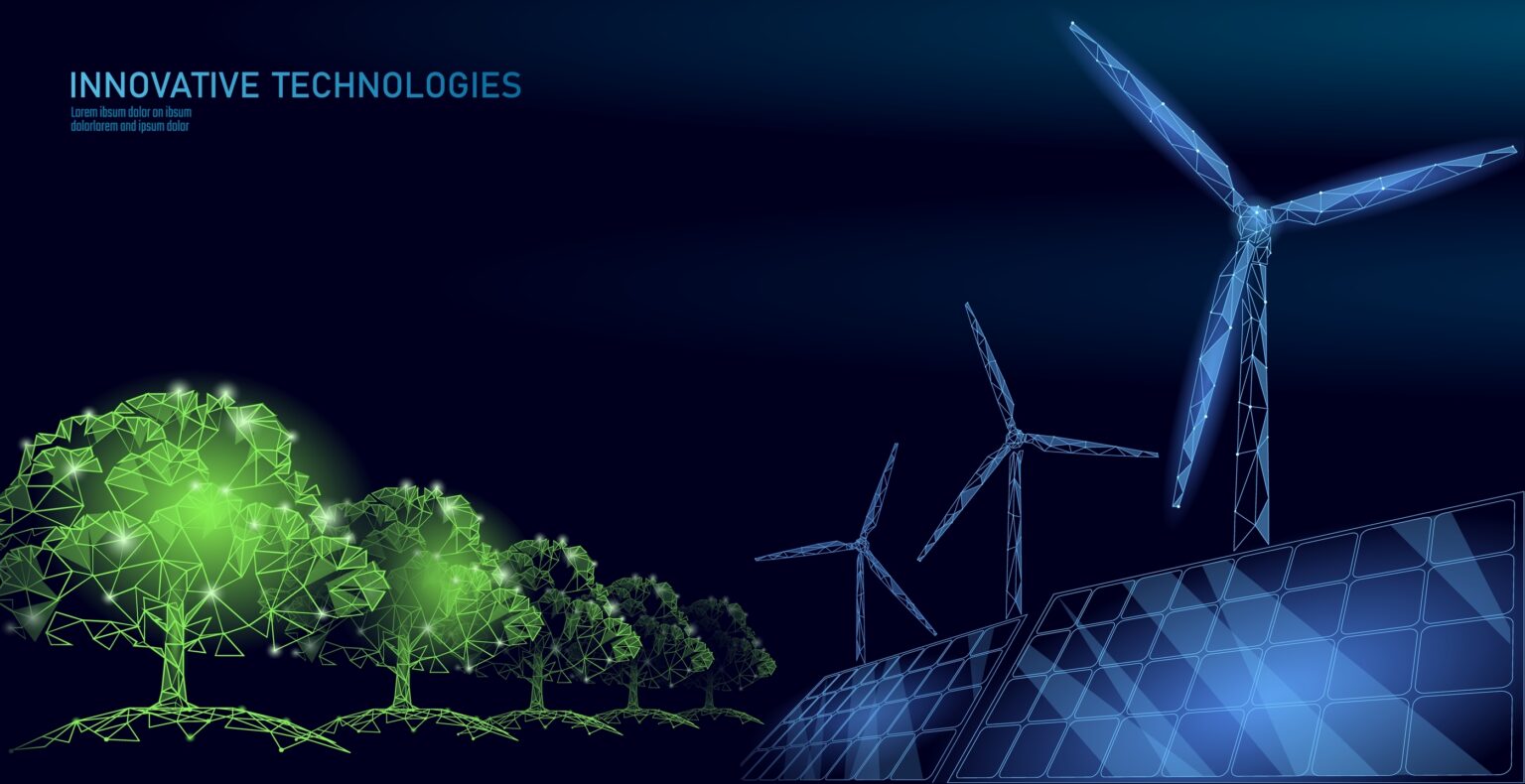The renewable energy sector is experiencing remarkable growth and innovation, characterized by a surge in projects spanning solar and wind farms to hydroelectric and geothermal facilities. These endeavors, often funded or owned by a number of companies, investors, or nations, demand efficient and comprehensive management solutions. The answer lies in a single, integrated software platform that encompasses project management, asset management, trouble ticketing, workforce management, and IoT capabilities. In this article, we will delve into the manifold benefits of adopting such a unified platform, especially for stakeholders with international interests in the renewable energy sector.
Streamlining Operations for Multinational Players
Owners, investors, and operators in multiple countries are confronted with the formidable challenge of efficiently managing diverse renewable energy projects. A unified software platform stands as a centralized hub that seamlessly integrates all aspects of project management, asset monitoring, trouble ticketing, workforce allocation, and IoT data analysis. This streamlining of operations enhances communication and coordination across borders, making it easier to standardize processes, reduce duplication of efforts, and maximize the efficient use of resources. It addresses the complex web of components, stakeholders, and processes involved in renewable energy projects, allowing for seamless coordination among various teams and departments, from engineers and technicians to project managers and investors. This streamlined approach ensures that all project activities are aligned with the overarching goals, resulting in improved efficiency and cost-effectiveness.
Real-time Monitoring and Predictive Maintenance Across Borders
IoT technology is pivotal in enabling real-time monitoring of renewable energy assets, including wind turbines, solar panels, and hydroelectric generators. When integrated into a single software platform, IoT sensors collect valuable data on asset performance and condition, accessible to stakeholders worldwide through a unified dashboard. This global oversight facilitates early issue detection and predictive maintenance, effectively minimizing downtime, reducing maintenance costs, and optimizing energy production across multiple projects. By addressing issues proactively, renewable energy operators can significantly enhance energy production and profitability while reducing operational disruptions.
Efficient Trouble Ticketing and Workforce Management
In the dynamic renewable energy sector, where issues and maintenance requests are inevitable, the holistic trouble ticketing and workforce management features of the software platform prove indispensable. This integrated functionality facilitates efficient problem resolution on a global scale, allowing operators to seamlessly log and track issues, assign them to the appropriate personnel or teams, and monitor their resolution progress. Moreover, the platform’s workforce management tools optimize resource allocation, ensuring swift dispatch of skilled technicians to address maintenance needs in diverse locations. This efficiency in trouble ticketing and workforce management results in reduced downtime and enhanced operational continuity, further enhancing the software platform’s utility for renewable energy operators worldwide.
Cross-border Currency Management
Global renewable energy portfolios often entail dealing with different currencies. Fluctuations in exchange rates can impact financial performance. A unified software platform can handle multi-currency transactions, automatically converting financial data into a chosen base currency. This feature simplifies financial planning and risk assessment for owners and investors operating internationally.
Global Performance Optimization
Renewable energy projects in different countries may face varying environmental conditions and energy demand patterns. The integrated IoT capabilities in the software platform allow for customizing energy production strategies based on real-time data from specific geographic locations. This optimization ensures that projects worldwide operate at their maximum potential, maximizing returns on investment.
Transparency and Investor Confidence
In the renewable energy sector, data is the lifeblood of effective decision-making. A comprehensive software platform provides decision-makers with access to a wealth of data, including financial performance, equipment status, energy production metrics, and trouble ticketing information. Advanced analytics tools can process this data to generate actionable insights. For example, investors with diverse global portfolios in the renewable energy sector benefit from consistent and transparent reporting across all projects, enhancing their confidence and trust. They can easily monitor and assess the performance of their investments internationally, leading to more informed decisions and a strengthened partnership between investors and operators. This data-driven approach enhances decision-making at every level, resulting in better project outcomes and higher returns on investment.
Compliance with International Regulations
Managing global operations in the renewable energy sector often involves navigating a web of international regulations, safety standards, and compliance requirements. The unified software platform plays a pivotal role in ensuring that all projects worldwide adhere to these standards, effectively mitigating risks and reducing the potential for regulatory complications or penalties.
A unified platform simplifies regulatory compliance through the automation of data collection and reporting processes. It guarantees that projects consistently meet environmental, safety, and financial regulations, significantly lowering the risk of non-compliance penalties. Furthermore, the platform provides investors and stakeholders with access to transparent and accurate reports on project performance, fostering trust and accountability across international renewable energy projects.
Scalability and Standardization Across Borders
As stakeholders expand their renewable energy projects into new countries, a unified software platform can be easily scaled to accommodate additional projects and regions. This scalability promotes standardization of processes and practices across all projects, simplifying project management and reducing operational complexity.
Conclusion
As renewable energy continues to play a pivotal role in the global energy transition, a rapidly expanding renewable energy sector where projects are often funded or owned by a number of companies, investors, or nations operating within and outside their own geographies, the power of an integrated software platform cannot be overstated, providing a competitive edge and a sustainable future for the entire industry.

